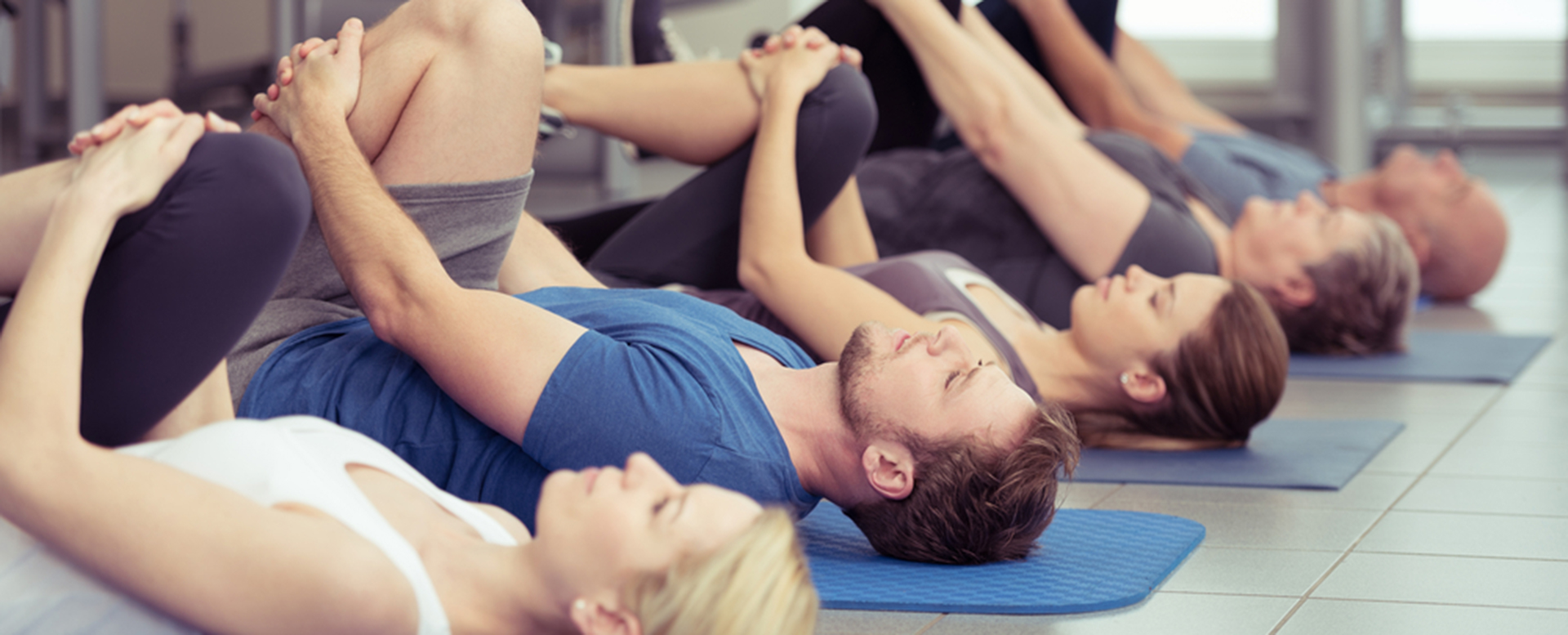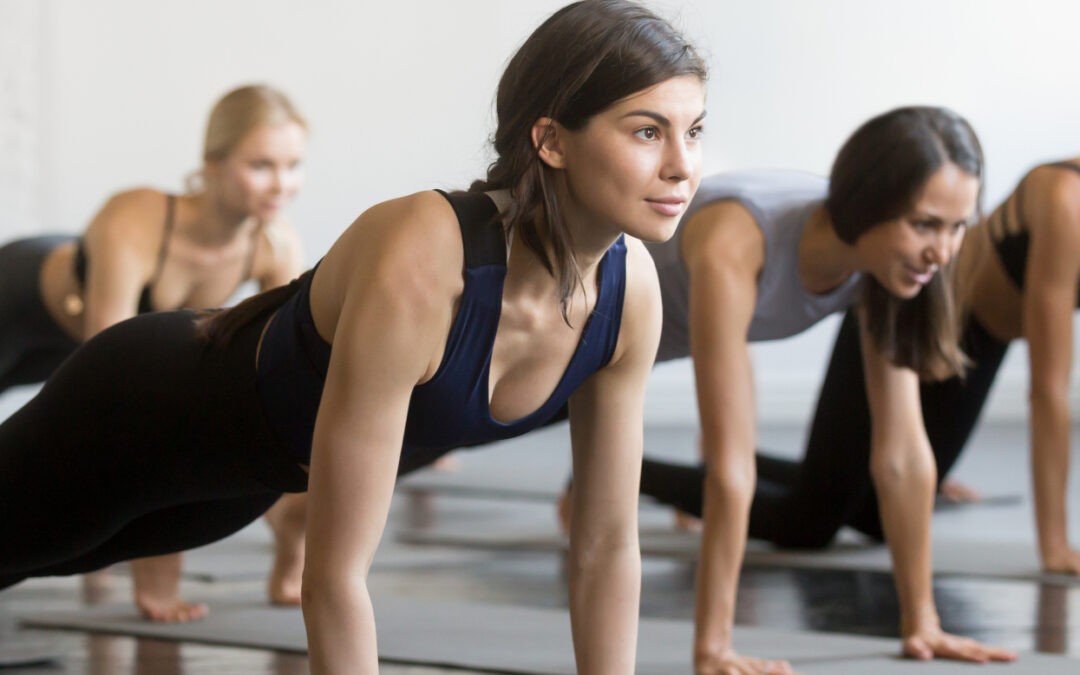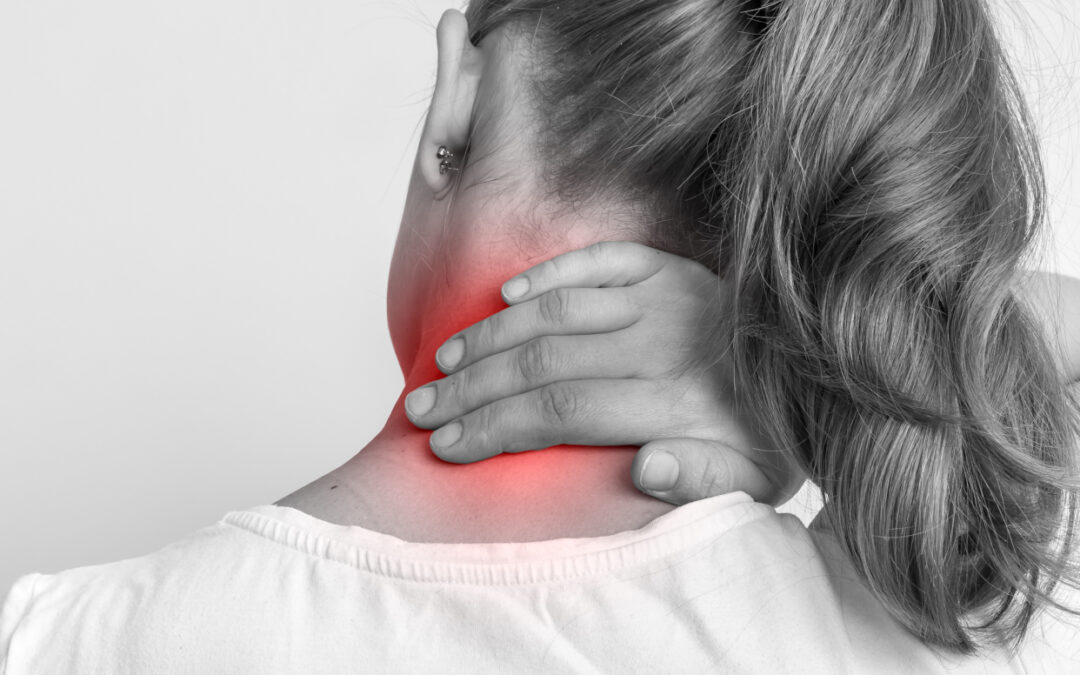Pilates is gaining in popularity every day, and for good reason. It is a brilliant way to enhance strength, balance, co-ordination and flexibility without building muscle bulk and is invaluable for injury prevention and rehabilitation, which is why I am training to become a Stott Pilates Intructor. Take a look at how it can help us in more detail below.
Muscular endurance and strength
The Pilates repertoire has a focus on building muscular strength and endurance whilst not building bulk. This creates strong muscles, long lean muscular definition, and provides the integral strength to perform sustained activities without losing core and hip control. There is a strong focus on core stability, hip stability and scapular stabilisation in all exercises and emphasis is on working from the core out.
Flexibility
Flexibility is paramount to allow us to move freely and make the most of our bodies. The Pilates method works to increase flexibility under control. It works with eccentric (lengthening under load) exercises to encourage lengthening of muscle groups and promotes movement in all three planes of movement to mobilise and train our muscles three dimensionally.
Balance
We require good balance in all of our everyday activities, from walking, bending over and turning, to high level activities such as dancing and athletics. Pilates helps focus our attention to be able to recruit the appropriate muscles to improve our balance and stability, improving our neuromuscular control. This then translates into our every day life, giving us confidence to move freely and is especially important as we get older, with falls being one of the most prevalent causes of injury in the older generation.
Co-ordination
Starting from the core (our main stabilising muscles of pelvic floor, transverse abdominus, multifidus) and working out, the exercises challenge co-ordination skills, teaching increasingly challenging patterns of movement whilst maintaining full control and alignment. The helps to build neural control of the body.
Breathing
Pilates encourages working with the breath during exercises which has a number of physiological and physical benefits and helps increase focus and concentration on the exercise at hand. Often the exhalation is paired with the ‘effort’ part of the exercise to increase intra abdominal stability and core activation, with the ‘recovery’ on the inhale. Working with the breath helps to relieve muscular tension of the upper chest muscles, which is a common pattern in today’s society. Breathing deep into the lungs and allowing three dimensional breathing encourages a better exchange of oxygen and CO2 in the lungs .
Posture
Pilates has a strong focus on alignment and posture, always aiming for optimal alignment during activities to ensure proper muscular engagement. Working in this way heightens our awareness of our posture and highlights areas of weakness or overuse that may be being perpetuated by our work or play habits. Working with a qualified teacher in a small group can really help with this as it allows hands on adjustment and cueing to help achieve good alignment and an understanding to the client of where they should be, providing proprioceptive feedback.
Injury prevention
Incorporating the above skills into our sporting activities has a positive impact on control and stability and is therefore great for injury prevention. Working in a controlled and focused way through the muscle groups helps to identify areas of weakness or overuse in the body and increases our body awareness. This can prevent overuse injuries occurring due to poor muscular strength and control. Working on flexibility also helps with injury prevention, ensuring we have optimal range through our joints to allow free movement.
Rehabilitation
As a result of pain or dysfunction in the back our deep spinal stabilising muscles can become inhibited, meaning they fail to provide support for optimal spine health. Long term this can create over use of larger mobilising muscles, creating muscular imbalance.
This can perpetuate back pain even after the initial injury phase has passed, and can lead to fear of movement, which in itself can be a causative effect of long term back pain.
As discussed Pilates focuses on activation of our deep core muscles to perform controlled movements of the body, building strength and stamina within these muscles and increasing neuro-muscular efficiency and recruitment. Carefully selected and executed exercises from the Pilates repertoire effectively targets these muscles and improves automatic recruitment. We need to be able to use these muscles in an anticipatory way, so they automatically fire just before movement, giving us a strong base of support to move from.
Being guided by a qualified teacher can give you confidence to move and disperse fears that may have built up through prolonged periods of pain.
Pilates is also excellent for rehabilitation of injury caused by lack of pelvic stability which is very prominent and is often linked to lower limb injury and low back pain.
I combine my skills as sports and remedial therapist with Pilates to offer a complete package of care, looking at the body holistically to find solutions to pain and dysfunction and providing long term results.
I run 1-1 and small group Pilates sessions from various locations in Bristol. Like my facebook page https://www.facebook.com/elly.nashat/ to get information on venues and times as they come online.




